QUICK DELIVERY'S COMMUNICATION HISTORY
Like all messenger companies, Quick Delivery has always had a need to communicate with drivers using voice (we obviously need to able to communicate directly with the driver for instructions, explanations, problems, driving directions, etc.) and data (to send the driver text information about the delivery that can be referred back to, and to receive status information from the driver about the delivery). Until about 1995, data was just 1-way (we could send pages to the driver but the driver could correspond back to us only with voice). And until 2001, the driver had to carry 2 units: a phone for voice, and a pager for data. By continuously striving to utilize the latest devlopments in both voice and data technology, we have been able to keep our costs down, resulting in lower prices and better service to you. We currently are using the Samsung S8 Active phone and the Zello walkie-talkie app.
|
| |
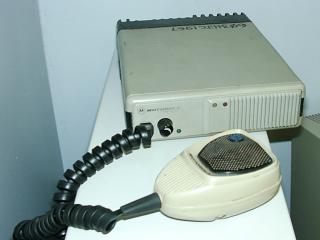
|
1983 - Voice: Motorola Traxar radios were originally hard-wired to each driver's vehicle. These radios were "trunked" off Sears Tower and had about a 35 mile radius. They were like a party line; everybody could hear what anyone was saying. These radios cost about $800 and were eventually able to be connected with a cigarette lighter adaptor and to use a magnetic antenna. Data: Standard pagers, ranging from "beep only" to numeric to alphanumeric.
|

|
1995 - Data:This is the InfoTac by Motorola, using a data transmission network created by RAM Mobile Data (BellSouth). We were the first company in the US to develop a complete 2-way data application for these. They cost $900 and gave us the ability to send messages to our drivers across the country, and gave the driver the ability to send pre-set "canned" messages (there was no keyboard) back to us. Voice: Radios and then Nextel phones with Direct Connect walkie-taklkie feature.
|
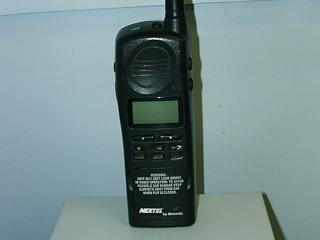
|
1996-97 - Voice: Nextel came out with the next generation of phones, called "PowerPhones". This was the first device to have the "Direct Connect" (walkie-talkie) feature, and that is the part of the phones that we used, to replace the old radios. These phones worked well and were very rugged (during the first demos the sales people would throw the phone across the room, bounce it off the floor, and then show that it still worked). Data: Various 2-way devices.
|
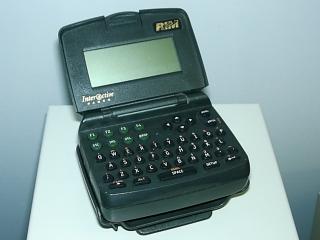
|
1997 - Data: InterActive Pager by Research in Motion, using the BellSouth data network. These cost around $650 and with them the driver could receive pages and, since it had a keyboard, type in messages to send back, such as the name of the person who signed for the delivery. Worked well but was fragile and the clamshell design was prone to breakage. Voice: Nextel Direct Connect.
|
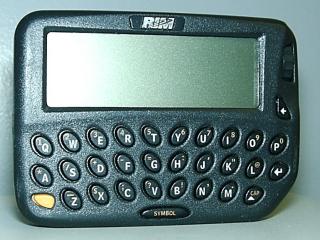
|
1999 - Data: The "950", also by Research in Motion, which evolved into the Blackberry. These also cost about $650 but were much smaller and more rugged than the clamshells, and easier for the drivers to use (and harder to break; we had a few drivers run them over but outside of that they were pretty sturdy). Voice: Nextel Direct Connect.
|
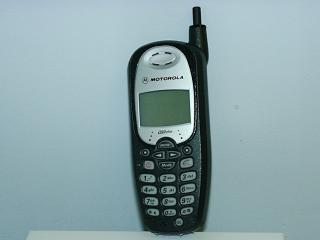
|
2001 - Voice and Data: The Nextel 550 phone was the next enhancement. The driver finally only had to carry 1 device. Voice was handled by the Direct Connect feature of the phone, and a WAP (Wireless Application Protocol) program that we wrote allowed us to send messages to the driver, and the driver typed in a message using the phone keypad to send back to us.
|





